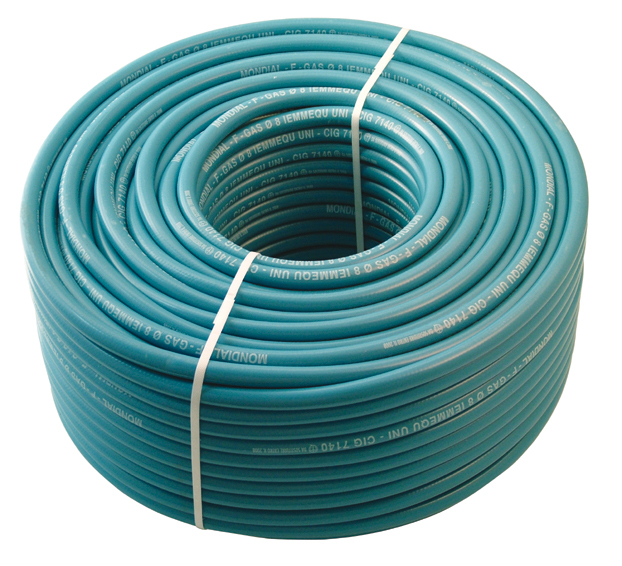The UNI-CIG 7129 standard and flexible water tubes
To obtain the manufacturing certification enabling them to be marketed, flexible water tubes must comply with the UNI CIG 7129 standard

In the design and construction of water systems, flexible hoses for water are very often used, i.e. pipes that can be adapted to different regimes and configurations. Generally these pipes must comply with the UNI CIG 7129 standard for marketing all over the world: Gnali Bocia, in fact, has decided to adopt this standard for the manufacture and export of its products.
Being a standard mainly referring to systems that treat flue gases, the legislation does not refer directly to flexible hoses but also includes their manufacture and arrangement in operation. What is specified within the legislation is that the water hoses must be installed longitudinally without any welding and with characteristics that are not inferior to the UNI 8863 standard.
Being a standard mainly referring to systems that treat flue gases, the legislation does not refer directly to flexible hoses but also includes their manufacture and arrangement in operation. What is specified within the legislation is that the water hoses must be installed longitudinally without any welding and with characteristics that are not inferior to the UNI 8863 standard.
What does the UNI 8863 standard prescribe?
The UNI 8863 standard, subsequently replaced by the UNI EN 10255 standard, prescribes all the main characteristics of seamless steel pipes: dimensions, masses, tolerances, chemical composition, method of supply and many other related aspects. For this reason it is closely linked to the UNI CIG 7129 standard and in turn is linked to the ISO 7/1 standard for threads.
What does ISO 7/1 standard prescribe?
The ISO 7/1 standard concerns the main characteristics of the threads to be used for the connection of seamless steel pipes: shape, size, tolerances and designation are the main ones, but they are not the only aspects considered. In fact, the legislation also aims to describe the materials to be used on the thread to ensure effective sealing of the fluid under pressure:
- Hemp: natural plant from which it is possible to extract a material suitable for sealing and already used on the first models of cars as a load-bearing material;
- Mastic: it is a type of liquid glue that originates from a resin and never hardens completely, showing itself suitable for applications that require a certain flexibility.
- Polytetrafluoroethylene (PTFE) tapes: it is a high performance polymeric material which is better known under the trade name "Teflon". It has excellent thermal and chemical resistance characteristics, as well as anti-wear properties and a very low coefficient of friction.
On the other hand, other materials such as white lead, minium and other similar materials, that do not lend themselves correctly to the required function, are to be excluded.
It is therefore possible to see how the UNI CIG 7129 standard is interconnected with other non-secondary standards such as UNI 8863 and ISO 7/1 which specify some fundamental aspects for the construction and installation of flexible hoses for water. Following the standard and everything related to it is the best way to avoid failure problems with consequences on the safety of the plants and the persons involved.
- Hemp: natural plant from which it is possible to extract a material suitable for sealing and already used on the first models of cars as a load-bearing material;
- Mastic: it is a type of liquid glue that originates from a resin and never hardens completely, showing itself suitable for applications that require a certain flexibility.
- Polytetrafluoroethylene (PTFE) tapes: it is a high performance polymeric material which is better known under the trade name "Teflon". It has excellent thermal and chemical resistance characteristics, as well as anti-wear properties and a very low coefficient of friction.
On the other hand, other materials such as white lead, minium and other similar materials, that do not lend themselves correctly to the required function, are to be excluded.
It is therefore possible to see how the UNI CIG 7129 standard is interconnected with other non-secondary standards such as UNI 8863 and ISO 7/1 which specify some fundamental aspects for the construction and installation of flexible hoses for water. Following the standard and everything related to it is the best way to avoid failure problems with consequences on the safety of the plants and the persons involved.
10/10/2020
I contenuti di questo sito non hanno carattere di periodicità e non rappresentano 'prodotto editoriale'.








